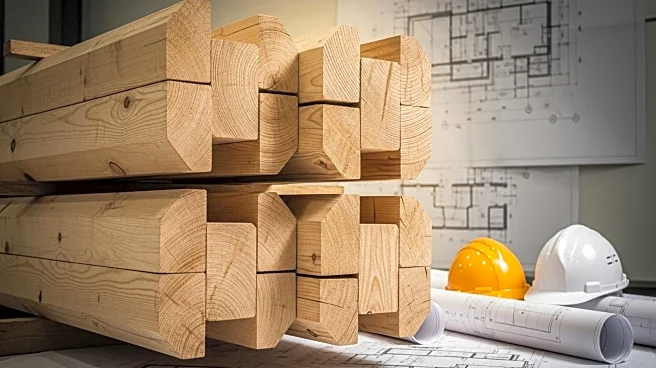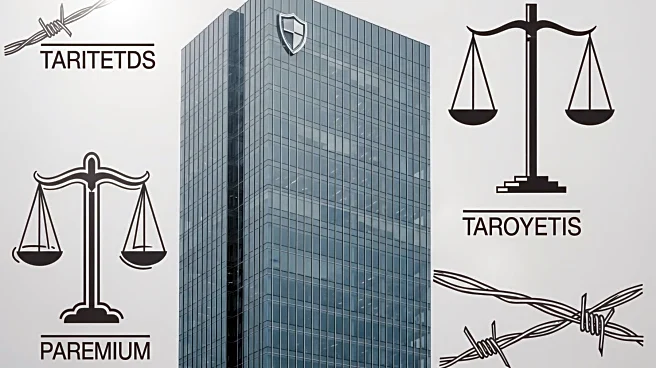What's Happening?
The mass timber industry is poised for growth, driven by its proven engineering, fire safety, and carbon benefits. However, challenges remain in terms of workforce development and financial tools. Canada, in particular, must address these barriers to make mass timber a core part of its housing and climate strategy. This involves developing a skilled workforce, stabilizing input costs, and creating financial instruments to support the industry's expansion.
Why It's Important?
Mass timber offers significant advantages in terms of sustainability and construction efficiency. By addressing workforce and financial challenges, Canada can position itself as a leader in this emerging industry. This shift could have far-reaching implications for the construction sector, reducing carbon emissions and supporting economic growth. The development of mass timber also aligns with global efforts to promote sustainable building practices.
What's Next?
To capitalize on the potential of mass timber, Canada must invest in training programs and financial frameworks that support the industry's growth. This may involve collaboration between government, industry, and educational institutions to develop a skilled workforce and create stable market conditions. As the industry expands, mass timber could become a key component of Canada's housing and climate strategy.
Beyond the Headlines
The growth of the mass timber industry highlights the importance of innovation and collaboration in addressing global challenges. By investing in sustainable building practices, countries can reduce their carbon footprint and support economic development. The success of mass timber could serve as a model for other industries seeking to balance environmental and economic goals.











